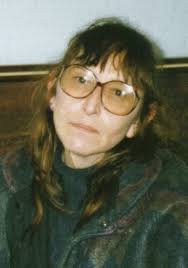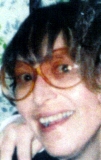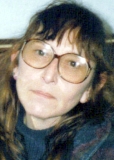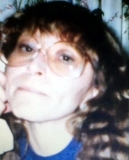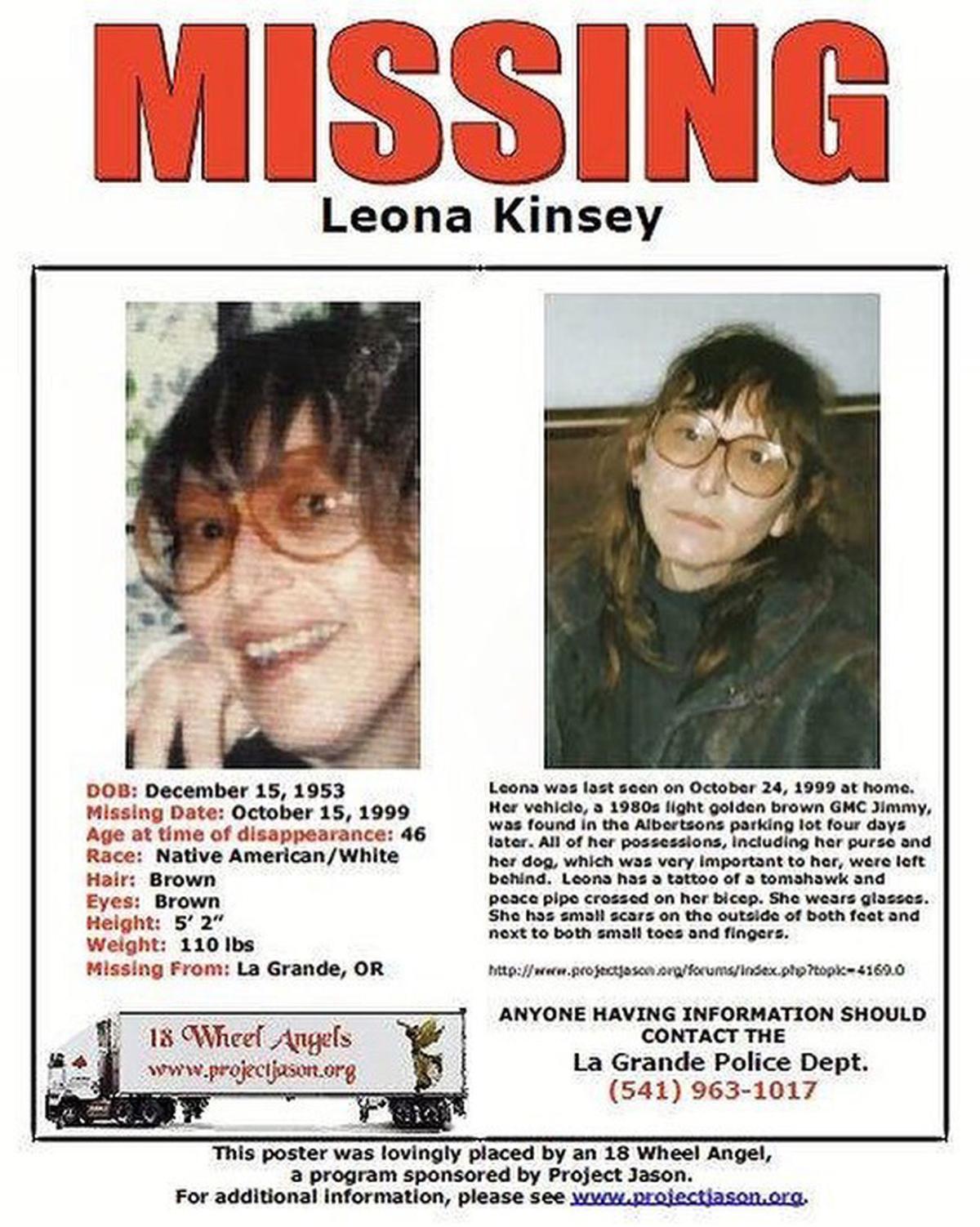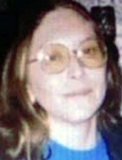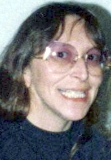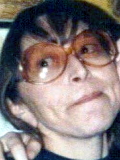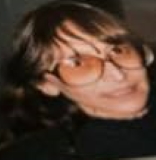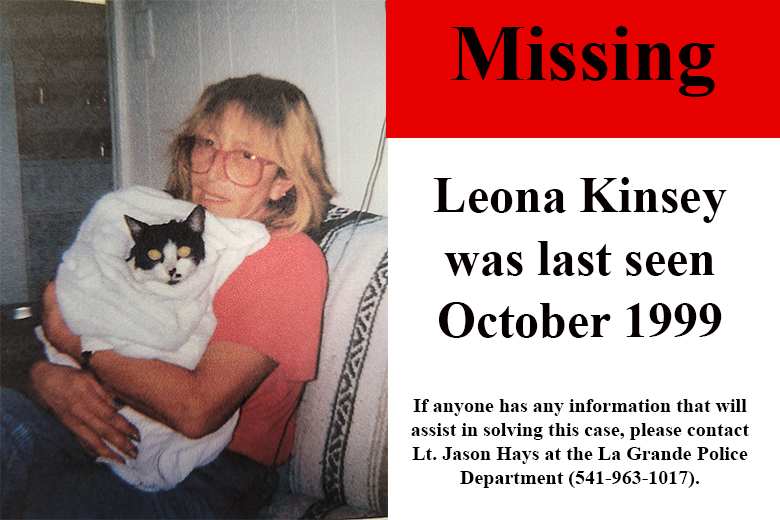Kinsey, circa 1999; Juan Pena-Llamas
- Missing Since 10/25/1999
- Missing From La Grande, Oregon
- Classification Endangered Missing
- Sex Female
- Race Biracial, Native American, White
- Date of Birth 12/15/1953 (69)
- Age 45 years old
- Height and Weight 5'2 - 5'4, 110 pounds
- Associated Vehicle(s) Light golden-brown 1980s model GMC Jimmy (accounted for)
- Distinguishing Characteristics Biracial (Caucasian/Native American) female. Brown hair, brown eyes. Kinsey is of Puyallup Indian heritage. She has a tattoo of a tomahawk and a peace pipe intersecting on her bicep. She wears eyeglasses. She has small scars on the outside of both feet and next to both her smallest toes and fingers.
Details of Disappearance
Kinsey was last seen at her home on Hall Street in La Grande, Oregon on October 25, 1999. She has never been heard from again. All of her possessions, including her purse, her cigarettes and lighter, her pager, and cherished pet cat and two dogs, were left behind at her trailer home. There was coffee in the coffeepot, and groceries had been left out and were rotting.
Her light golden-brown 1980s model GMC Jimmy was found in the parking lot of an Albertson's store on the morning of October 29, four days after her disappearance. The store manager said he didn't believe the car had been there overnight. The steering column had been damaged and there was a box of rubber gloves behind the seat. There was no evidence of a struggle or any clues to Kinsey's disappearance.
Kinsey's loved ones believe a man they knew as Juan "John" Pena-Llamas may have been involved in her disappearance, as Kinsey was planning to meet him on the night she went missing. Police also consider him to be a person of interest, but very little is known about him. He was arrested for theft in 2006 and deported to his native Mexico, as he was undocumented.
Photos of Pena-Llamas are posted with this case summary. He is described as Hispanic, with black hair and brown eyes, 5'5 tall and 135 pounds. He was in his mid-thirties at the time of Kinsey's disappearance. He lived in the La Grande area in 1999, in Salem, Oregon in 1998, in Los Angeles County, California in 1996, and in San Bernardino County, California in 1990.
Prior to his deportation, Pena-Llamas had been convicted of multiple crimes, including physical assault, third-degree rape, and third-degree sodomy, and he may have been connected to a Mexican drug cartel. He may use the following aliases: Juan Pena, Juan "John" Pena Ruiz Llamas, Juan P. Llamas, John M. Llamas, John J. Pena, Juan F. Alejandro, Juan F. Pena, Juan F. Pena-Alejandre, Juan F. Pena-Banada, Juan F. Pena-Aldjandre, Juan F. Pena-Alejandro, Juan Alejandre, Juan Pena-Lamas, Juan M Penallamasm, Juan M Pena-Llamas, John Pena and/or John Pena-Llamas.
Kinsey ran her own landscaping and yard care business in 1999, and was booked for a full week after she vanished. Her daughter stated she was happy with her life and wouldn't have walked away from it or abandoned her pets. Kinsey enjoys hunting, fishing, camping and other outdoor activities. Her case remains unsolved.
Investigating Agency
- La Grande Police Department 541-963-1017
Source Information
Updated 8 times since October 12, 2004. Last updated April 3, 2022; picture added, details of disappearance updated.
